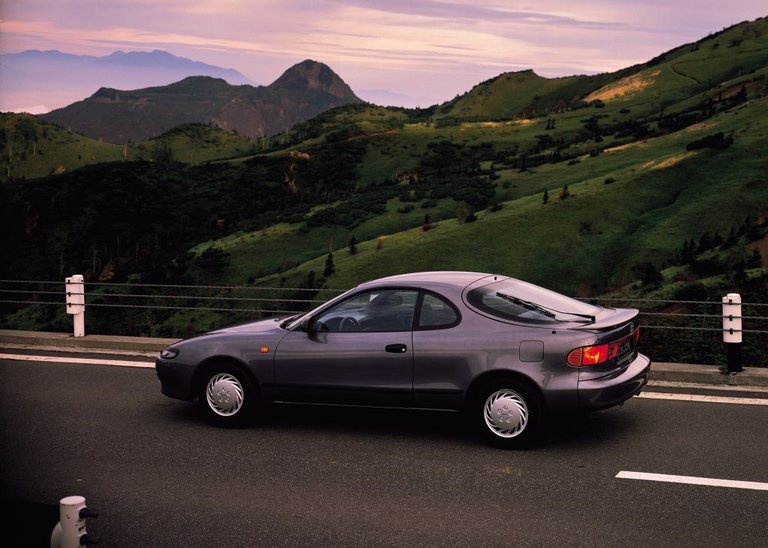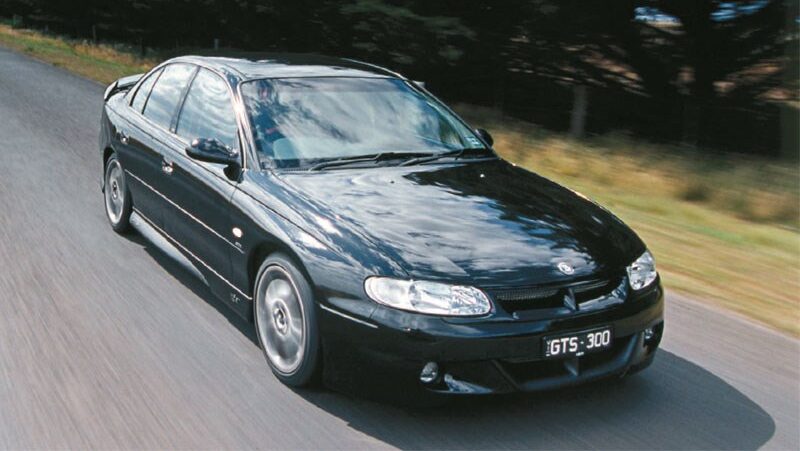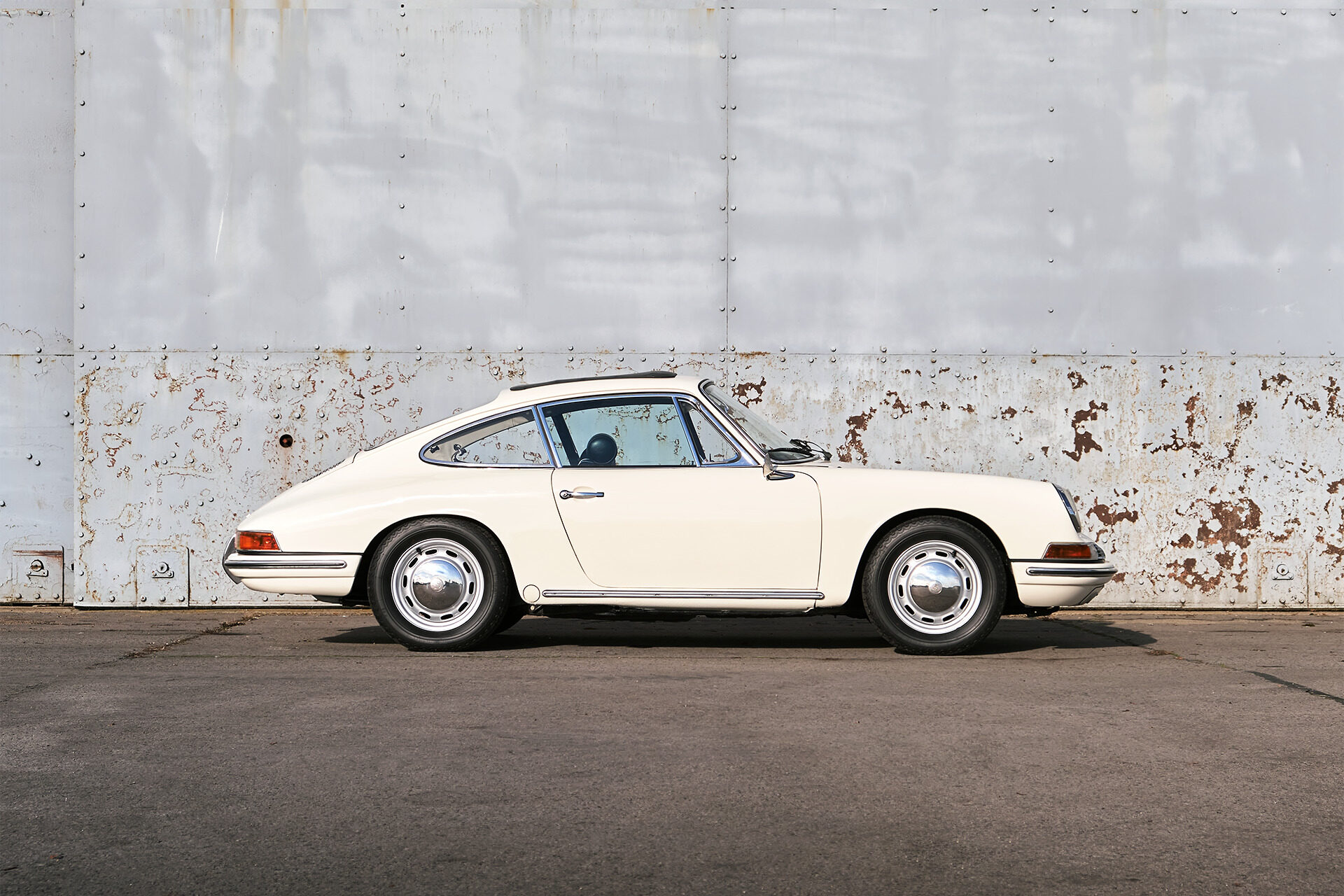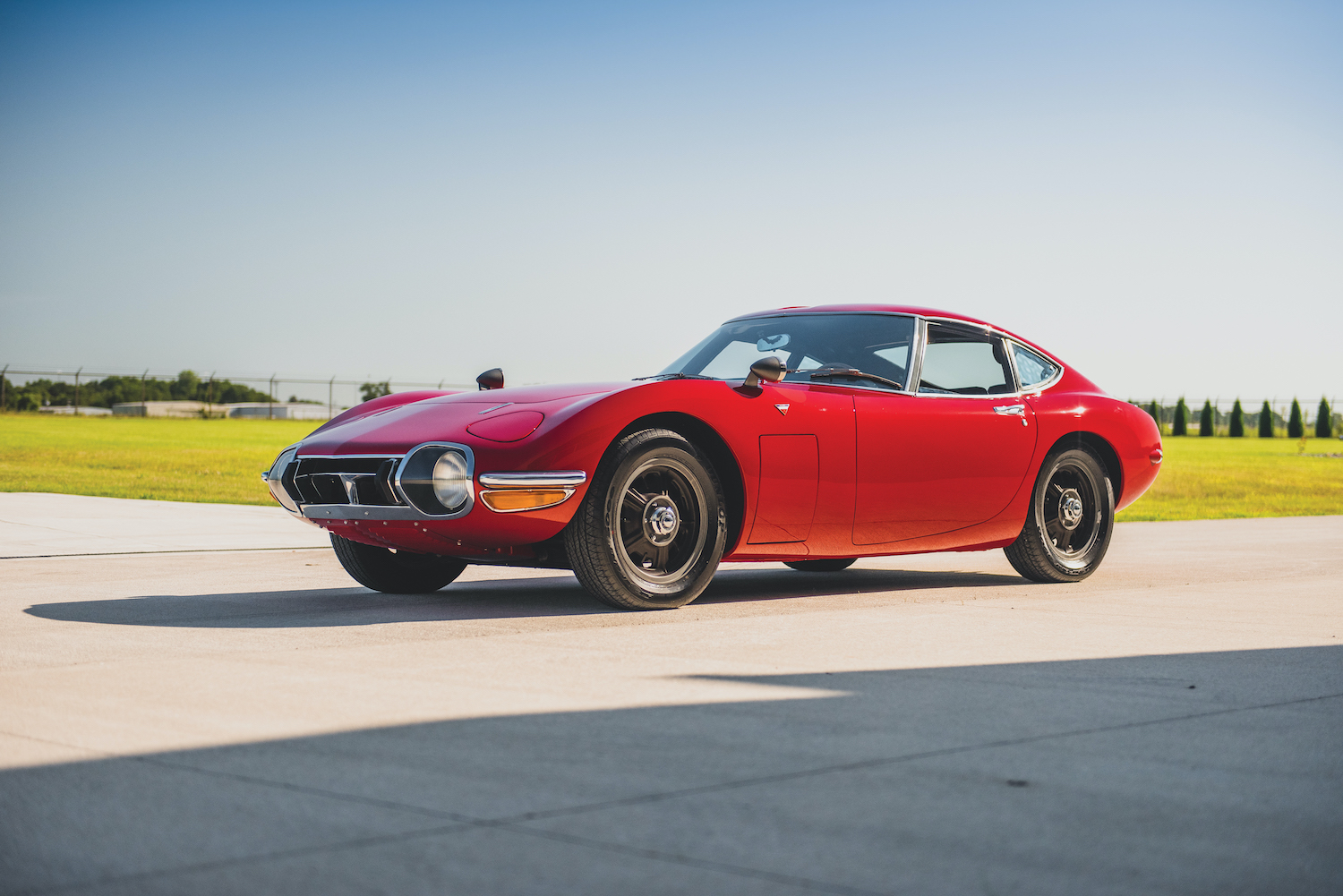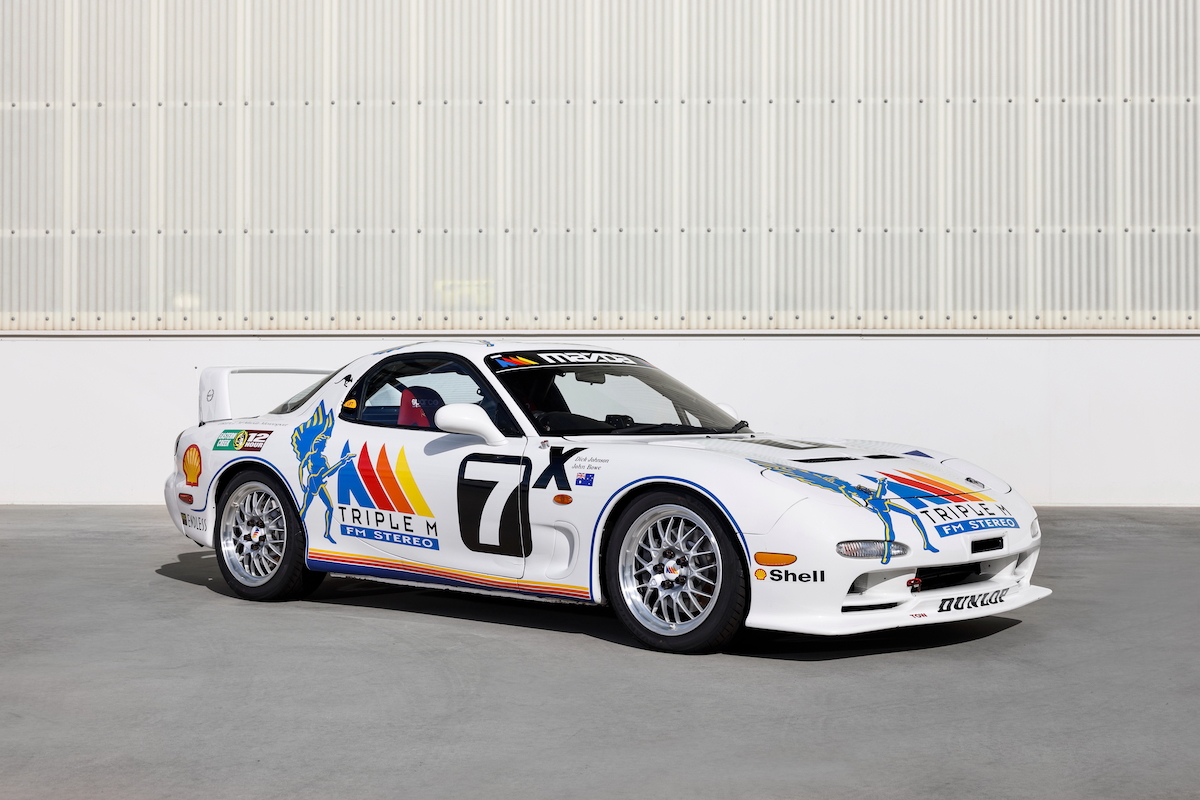After 15 years of conservative, rear-wheel drive Celicas, the model switched in 1986 to front-wheel drive and brought with it a sexy new shape.
The 2.0-litre engine with fuel-injection and twin-overhead camshafts produced 103kW of power and the liftback SX came loaded with features including alloy wheels, four-wheel disc brakes and power steering. Most were optioned with air-conditioning and that made sense in a car that could get very warm in summer.
Late 1989 brought another new Celica shape and slightly less power from the overhead cam engine. SX Versions of the ST184 Celica came with coupe or liftback bodywork and four-speed automatic transmission was standard with the manual an option.
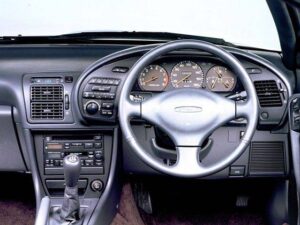
Image: wheelsage.org
The benchmark 0-100km/h sprint in a manual car took 9.8 seconds or 16.6 seconds for the 0-400-metre dash, with the automatic about a second slower in both instances. A 60-litre fuel tank was fitted and consumption averaged 11.0L/100km.
Handling was friendly and forgiving with the Celica’s front-wheel drive characteristics almost masked by excellent steering and suspension. The four-wheel discs provided plenty of stopping power for a car carrying the SX Celica’s 1180kg.
The twin-cam engine was extremely durable and some cars have recorded distances above 400,000 kilometres. Upper engine noise indicates valve-train wear and high kilometre motors need their oil level checked at least every 3000 kilometres.
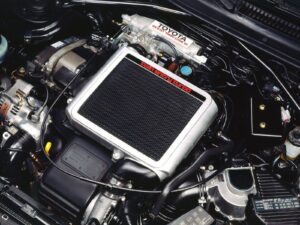
Image: wheelsage.org
Automatic transmissions seem to survive almost indefinitely but clutch wear is common in manual cars. As with many other front-wheel drive cars, the Celica’s driveshaft CV joints need to be checked for wear and torn seals.
Later versions of the SX came with an electric sunroof as standard so check its operation and for water leaks.
Celicas that have passed their 30th birthdays remain viable as recreational or regular transport. Those that have been well maintained might cost $15,000, which is still less than half their new price. Cars needing paint and trim work can be found for below $5000.
Things To Watch Out for When Buying a Used Toyota Celica (1990-97)
-
Oil smoke from the exhaust
-
Valve train ‘clatter’ due to camshaft wear
-
Clutch shudder
-
Trim deterioration
-
Water leaking through the hatchback seal and sunroof (if fitted)
Valuation Timeline: Toyota Celica (1990-97)
-
1995$25,000
-
2005$9,500-62%
-
2010$7,000-26.32%
-
2014$5,500-21.43%
-
2019$6,500+18.18%
-
2014$10,500+61.54%

